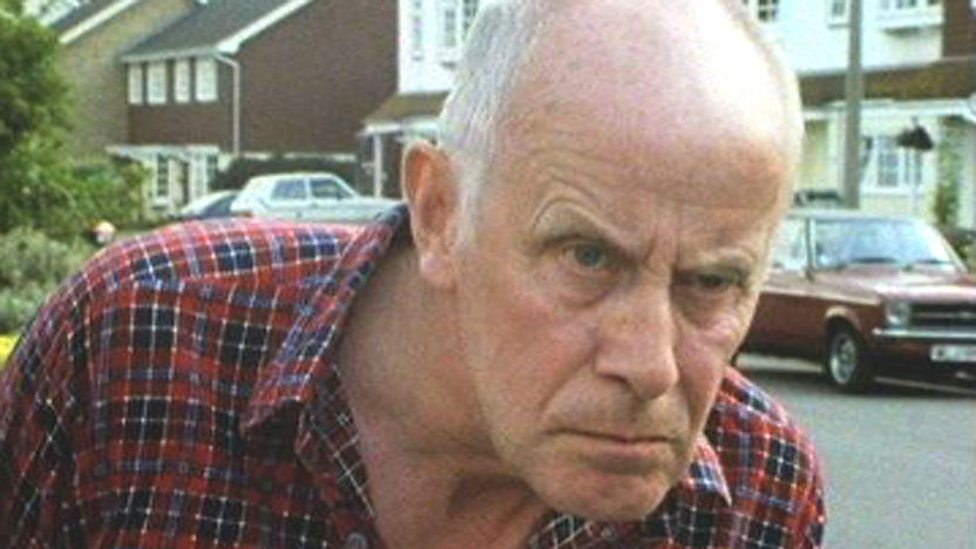I have to tell you I’m tired of it. I’m tired of hearing from MGOs that they don’t have donors on their caseloads that give high five, six and seven figure gifts.
If you are an MGO and you have at least 75 to 100 donors on your caseload (remember 150 is a full caseload) you have at least 5-10 donors who can give you gifts in the high five to seven figure range.
“But Jeff, you don’t know my caseload. These donors just can’t give that much.”
You know how many times I’ve heard that same line over the years? Too many.
In my many years of managing dozens and dozens of major gift officers, I’ve come to believe that the major gift officer creates an internal narrative about his donors based on a couple of encounters with his caseload.
It goes something like this:
I’ve had four or five different conversations with donors on my caseload, and all of them told me that they just couldn’t give much more than they are giving. While they love the organization, they have all told me they are maxed out. So, to think that I’m going to get some significant gifts from this caseload is just unrealistic…
I’ve heard this (or some version of this) from many MGOs to justify why they are not getting large gifts from their portfolio. This is how a narrative develops in your head. You have some experiences from a few of your donors that lead you to believe that the entire caseload will behave the same way.
So you begin to believe it.
I’m here to tell you that this narrative is holding you back from realizing the true potential in your donors’ ability to give large major gifts.
Why? Richard and I have witnessed over and over again that once you put those “stories” behind you and really get to know your donors on your caseload, you begin to realize that these good people have much more capacity that you ever thought.
In every instance we have helped manage an MGO and their caseload where the MGO said previously “their donors don’t give large gifts,” we have cultivated high five, six and even seven-figure gifts from that caseload.
So what is the secret? Well first, stop believing that your donors can’t give those types of gifts. That’s the first thing. Then, take the following practical steps with your portfolio of donors:
- Research your donors — This is painstaking work, but nothing worth doing comes easy. Running your file through a wealth indicator is great and it can be very helpful. I think the best thing about this tool is that you realize there really is “wealth” and capacity in your caseload. But it’s only half right. The rest of your research is going to be your doing the hard work of finding out everything you can about your donors. To make the task not-so-daunting, start with your “A” tier donors first. You’ve spent too much time with anecdotal information about your donors; now it’s time to get facts. As Richard always says, “facts are friendly.”
- Get to know your donors — I know we say this over and over again, but this is the only way you are going to realize large gifts from your donors. They have to be able to trust YOU and your organization. You have to be able to look your donor in the eye and hear from them what their vision and dreams are, so you can match it up with your mission. This only happens by developing a relationship with your donors. In fact, when Richard and I hear from an MGO that her caseload just doesn’t give large gifts, we strongly suspect it’s really because she doesn’t know her donors.
- Don’t make immediate judgments — Many times I see MGOs rush to judgment about donors before really getting to know them. Richard and I have story after story of MGOs who drive by donor’s house and decide that because their house doesn’t look as nice as they think it should, they write them off – only to be surprised later that the donor has huge capacity. Or they get into a conversation with a donor and because the donor doesn’t seem “sophisticated,” they write the donor off – but once again they’re surprised when they see a $250,000 check arrive from them. The point is, don’t judge so quickly that you immediately think small. Not all major donors are alike. Some major donors don’t live opulent lifestyles. In fact, many of them don’t.
- Ask — One of the major reasons MGOs don’t receive large gifts (besides everything else I’ve pointed out) is that they don’t ask for large gifts. Now granted, you need projects and programs that have a large dollar figure attached to them, but then you need to sit in front of a donor and make the ask. Most of the time this has to be done face-to-face. Yes, I’ve heard of large gifts coming in the mail or through a phone call or e-mail, but those are rare. You have to be in front of the donor, looking them in the eye, if you want large gifts. There is no way around it. The old adage “don’t ask, don’t get” applies here.
These four “secrets” are really just practical advice. Thinking small will only get you small gifts. But by putting in the hard work and not allowing yourself to make pre-determined judgments about donors, you’ll be able to see the possibilities with each of them.
Think big, be positive, do the hard work, get to know your donors, and ask. This is the work you have to do.
Jeff




Hire and partner with a good prospect researcher! Not only can they provide a starting point for sifting through your portfolio, if you let them, they can coach you through all of these steps.